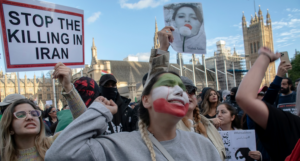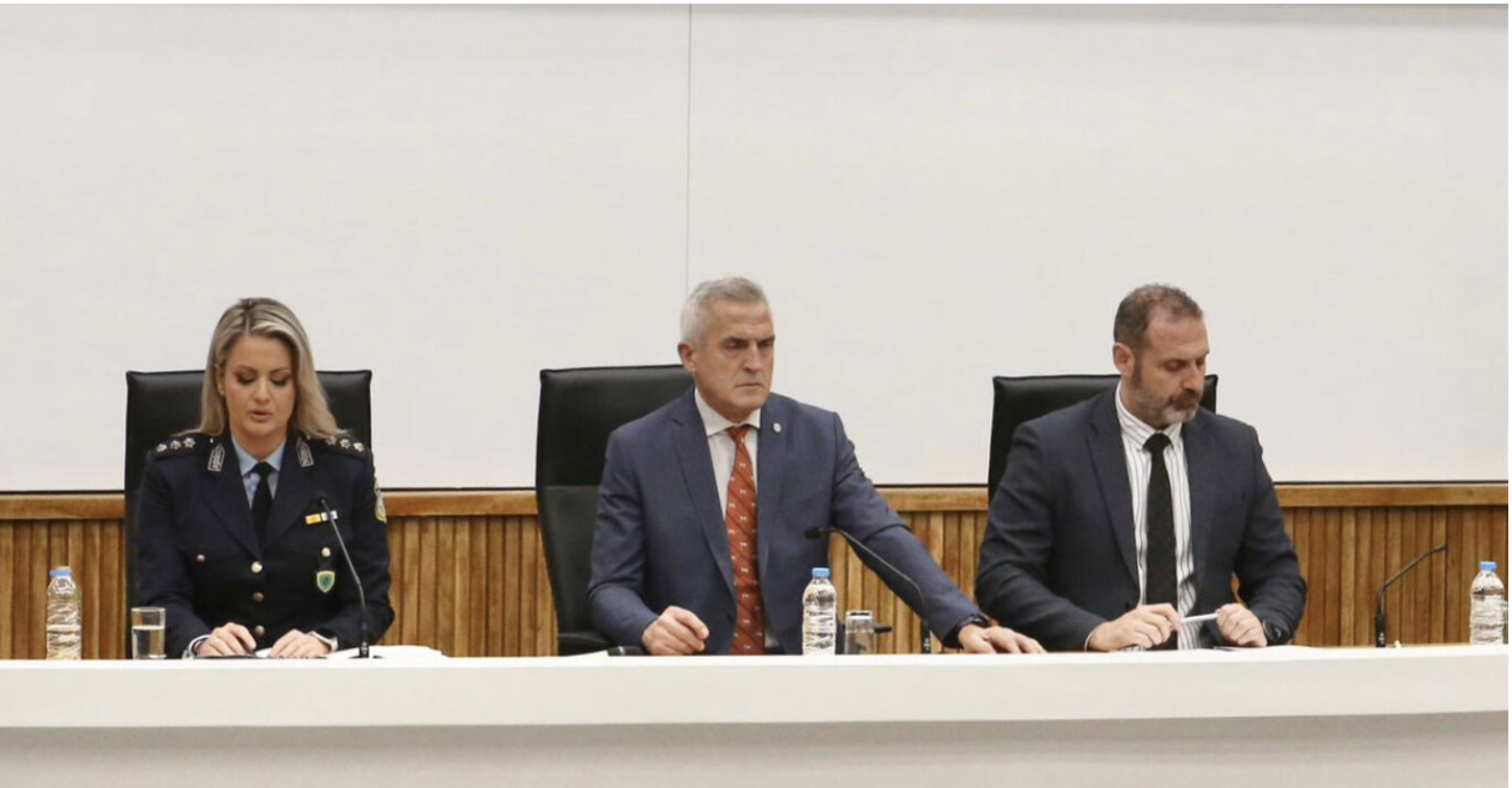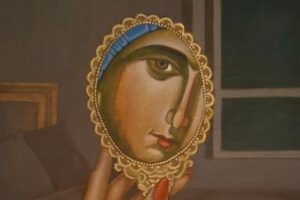Iran’s morality police are at the center of ongoing protests raging throughout the country after the suspicious death of a young woman in their custody in September. In a potential “concession to the protest movement,” a senior Iranian official allegedly claimed in early December that the country has “abolished” its morality police force, The New York Times writes, though there are conflicting reports suggesting in fact that “no official of the Islamic Republic of Iran has said that the Guidance Patrol has been shut.” Regardless, many are skeptical and said, even if true, the government’s move was “too little, too late.”
The morality police exist in part to enforce Iran’s strict dress code, which requires Iranian women to cover their hair. Here is a list of supposed signs of moral vices that Tehran’s rulers and the morality police have tried to stamp out:
1. Uncovered hair
In September, 22-year-old Mahsa Amini died in the custody of the morality police after being arrested for not wearing a proper head covering, known as a hijab. Suspicions around the cause of her death sparked national outrage, leading to protests in Tehran and throughout Iran. The anti-government protests have persisted, despite the authoritarian regime’s attempts to crack down on the chaos. Support for the movement has spread internationally, resulting in the protesters being nominated for Time’s 2022 Person of the Year.
Climate protesters convicted of criminally damaging Constable masterpiece
Amid the ongoing unrest, the status of the morality police remains uncertain, despite suggestions from a senior official to the contrary. When questioned about the police at a conference, Attorney General Mohammad Jafar Montazeri reportedly said they “have been shut down from where they were set up,” per BBC. However, the Iranian government recently struck down claims that it planned to disband the morality police.
Read more: The Week
Ask me anything
Explore related questions





